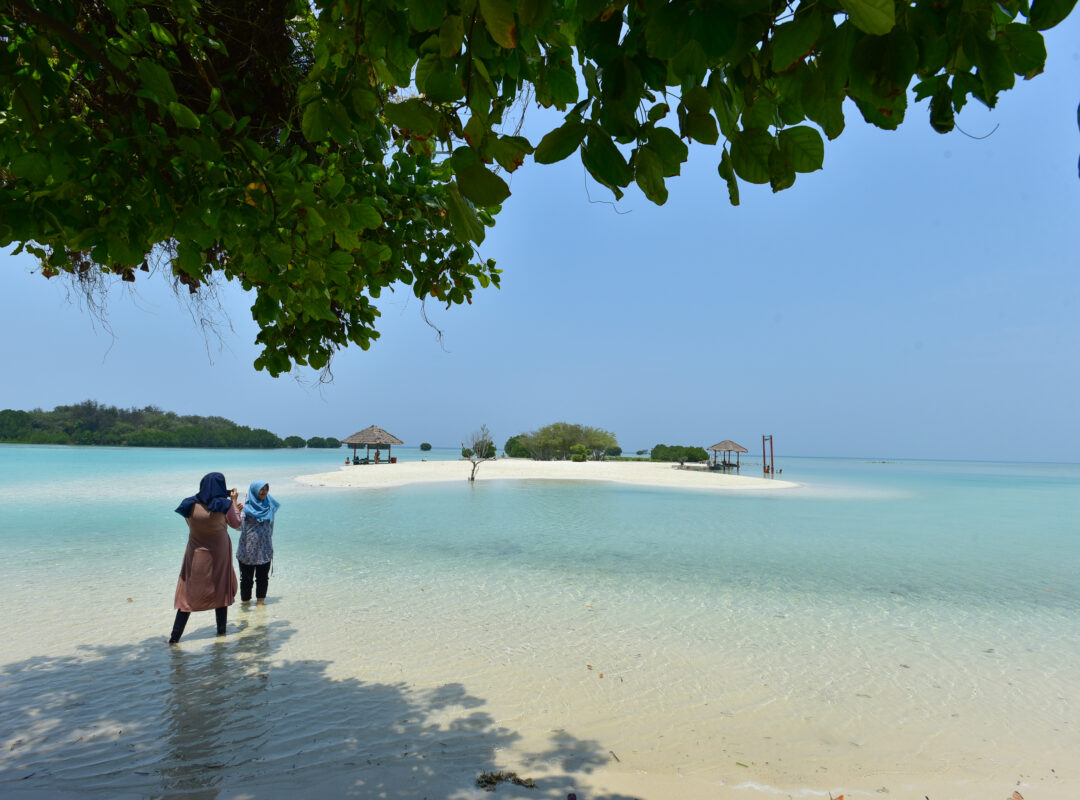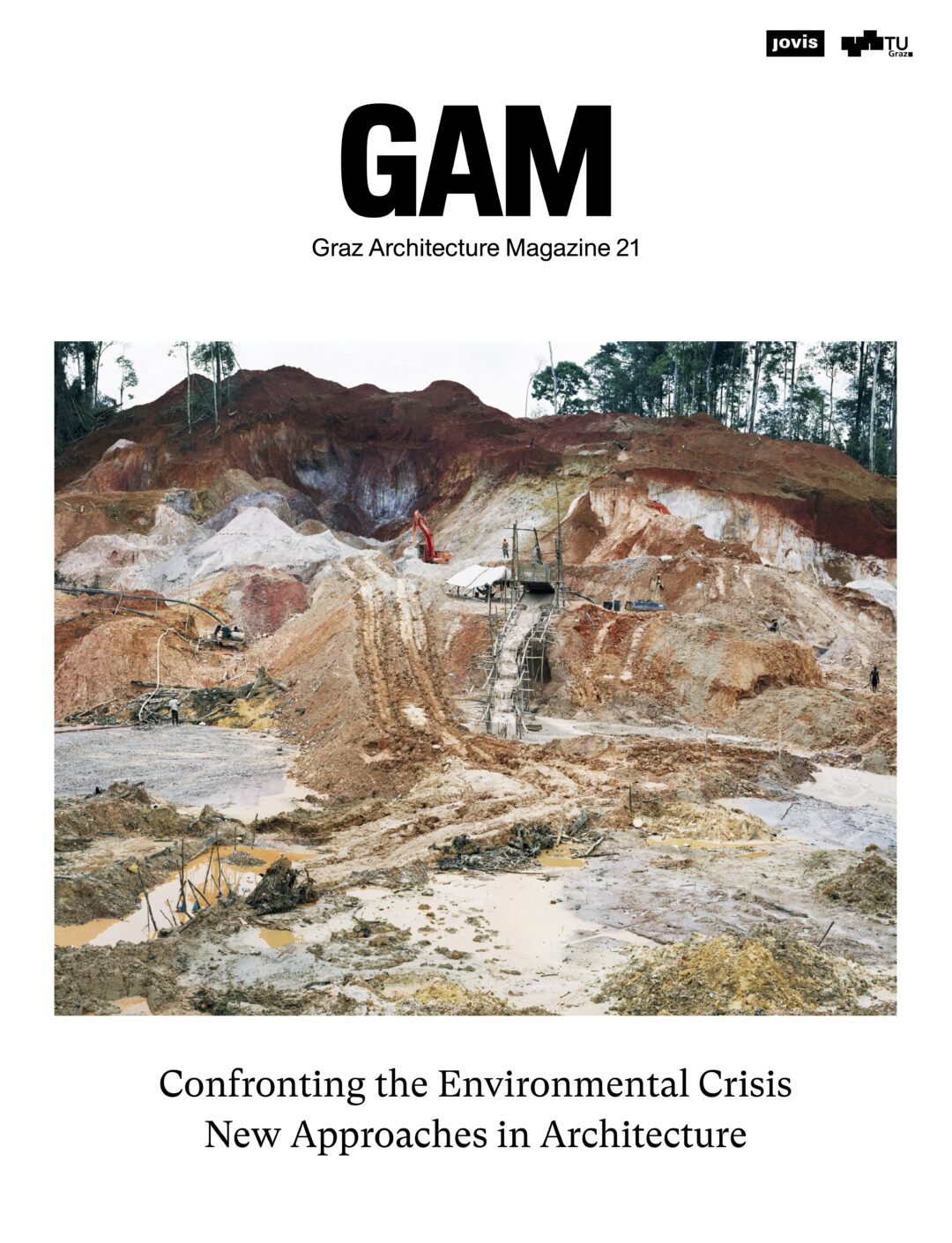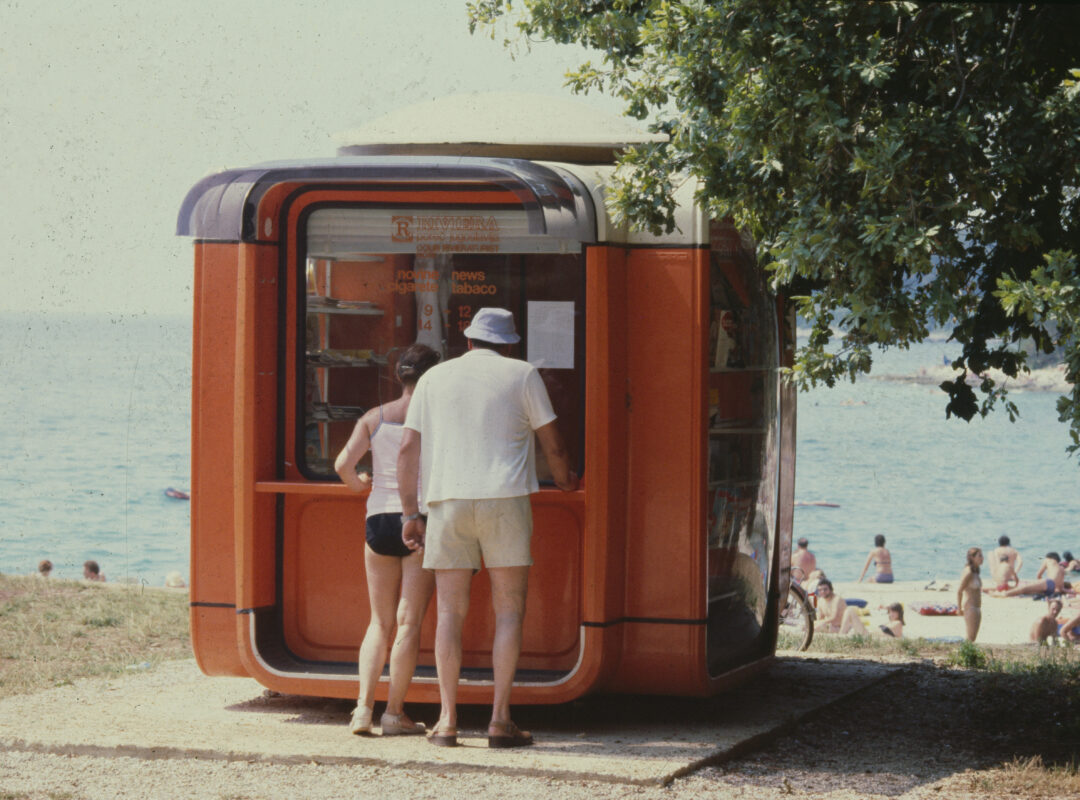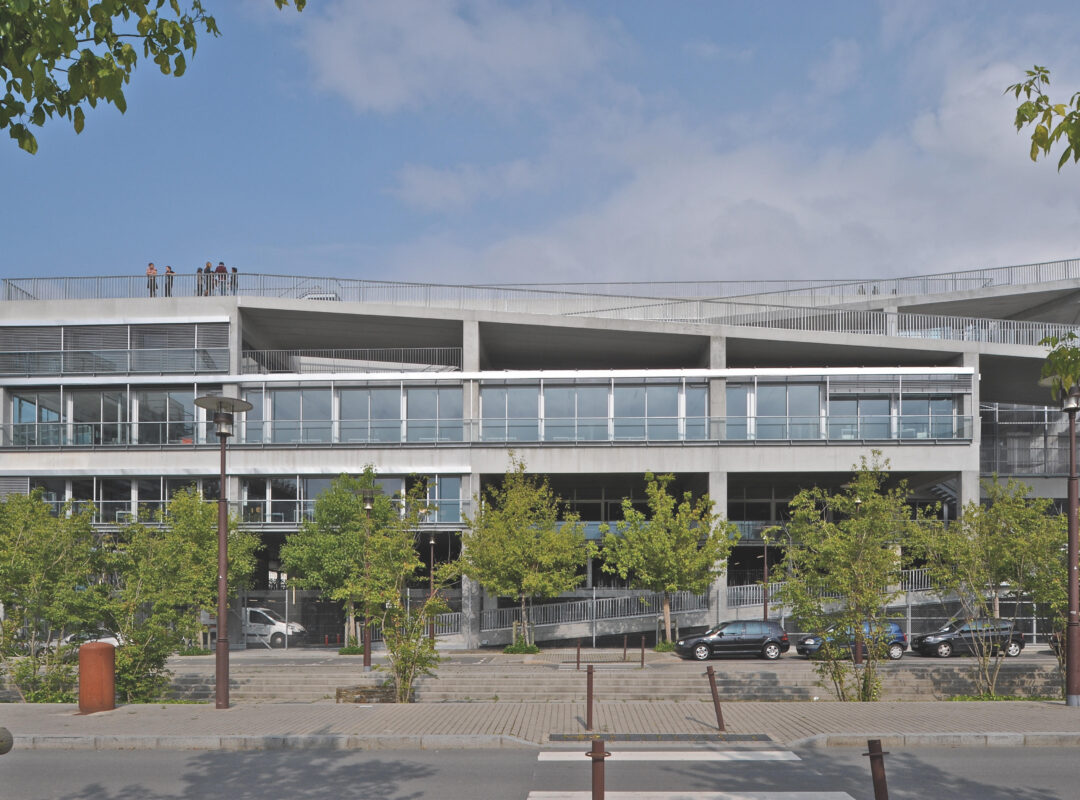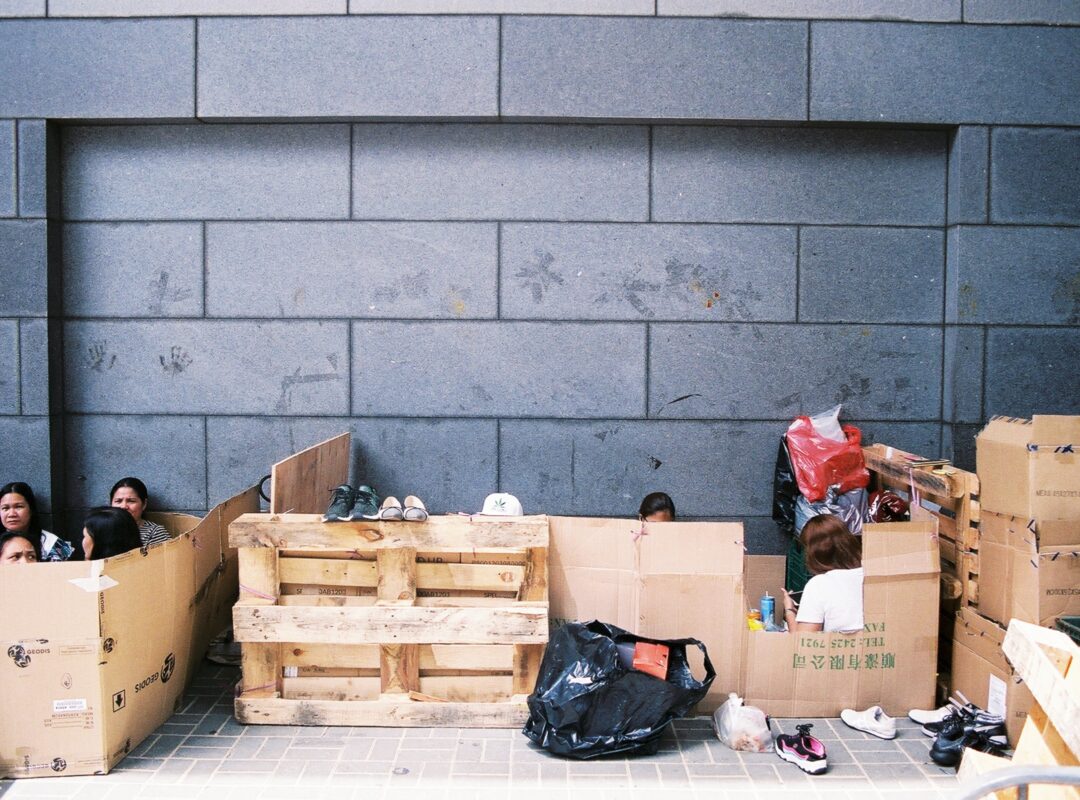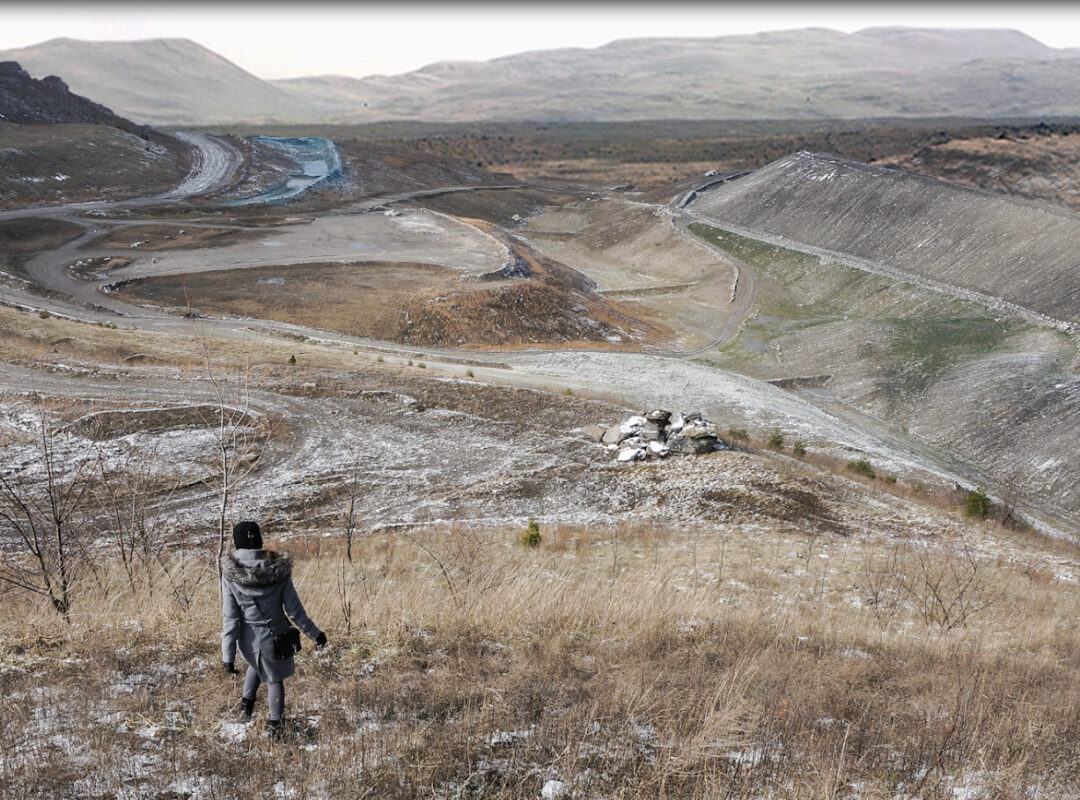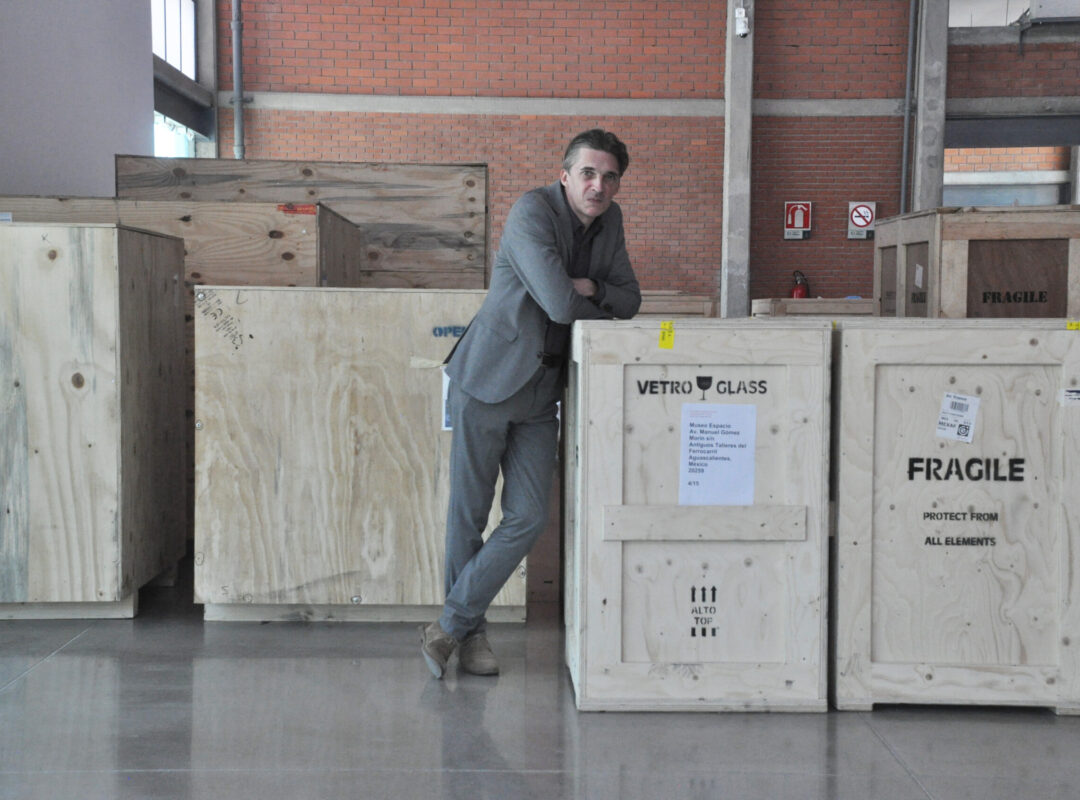Synergies:
Building Collaborations in Architectural Research
GAM 22 “Synergies: Building Collaborations in Architectural Research”, guest-edited by Urs Hirschberg, Sophia Meeres, and Milena Stavrić, is looking for positive examples of synergies — not only between academia and building practice, but also between different research disciplines: architects teaming up with material scientists to develop carbon-neutral building materials, multidisciplinary teams that come up with novel construction methods, new approaches to recycling, to using digital technology, to integrating biological processes into architectural proposals, or other innovative interdisciplinary ways of dealing with the complexities of our environment and of improving our buildings, cities, and regions, or more generally, the landscapes we live in. Abstracts on the topic “Synergies” could have been submitted together with a short biography until June 10, 2025 to gam@tugraz.at. The submission deadline for the final contribution is September 15, 2025.
Open Access Articles
from Past Issues
A Monument to Everyday Yugoslav Life Ena Kukić
In the exceptional case of a product becoming synonymous with its typology, the eyes impulsively seek a bright retrofuturist capsule when going to get newspapers—or anything, really—from any kiosk anywhere. This is the case for many who had actively experienced rapidly evolving urban life in Yugoslavia, where omnipresent K67 kiosks generated everyday activity, housing a myriad of functions in public space: newspaper stands, ticket shops, temporary offices, ski-lift booths, flower stalls, shoe repair pop-ups, border patrol stations, fast-food stands—to name but a few. More than half a century after they came to life, these vibrant cubicles still dominate numerous streetscapes, not only in post-Yugoslav geographical space but far and wide throughout the world, reflecting the contemporary socioeconomic currents and local context wherever they stand—sometimes with new functions, other times by their own state of decay. Read more
→ GAM 20 The Infraordinary“So for me, that’s worth more than someone saying they begin by just gathering information and then draw references to that information—in other words, to put it plainly, I don’t do things, I’d say, that just reach back in history in order to adopt motifs, but instead, I try to make architecture that ensures that historic preservationists will still have something to do 30 years from now.”[1] Read more
In honor of the tenth anniversary of his death, the exhibition “Günther Domenig: Dimensional—Structures and Shapes” is being held at four locations in Carinthia. Complementing two exhibitions in Klagenfurt, Domenig’s Steinhaus on Lake Ossiach and his building for the iron industry monument in Heft near Hüttenberg are both exhibits of and venues for this exhibition and give me an immediate reason for this essay on a hitherto unexamined aspect of the central artist-architect of the “Graz School.”[2] Read more
When I started working as a university assistant at the Institute of Design and Building Typology at TU Graz in the summer of 2007, I discovered four audiocassettes in the bottom desk drawer of my new workplace. Read more
→ GAM 19 ProfessionalismAnne Lacaton and Jean-Philippe Vassal designed the Nantes School of Architecture in 2009. In this interview, they look back on this decisive experience during which the concept of “free space” was considerably expanded, opening opportunities for completely new educational exploration. Read more
KD: What are the specifics of an architecture school program, and could you reminisce on the genesis of this project? Read more
L&V: Nowhere is there more knowledge, information, and energy about urban planning than in a school of architecture. More is in circulation there than in an urban planning studio, a city hall, or architects’ offices. Sadly, though, there is no sense that these resources are visible, usable, and accessible. It seemed important to us that they should become so. Read more
→ GAM 18 Beyond the Institution:Transforming the Learning Environment in Architectural Education
For the past five years, the architect Kai Strehlke has been in charge of digital processes in CAD/CAM production for the Swiss timber construction company Blumer-Lehmann. Before that, he worked as head of IT for ten years at the architectural firm Herzog & de Meuron. At Herzog & de Meuron, he worked on many of the firm’s internationally famous projects. He is familiar with the practice of architecture and not just from the perspective of timber construction that has since become his specialty. Blumer-Lehmann is a family business in eastern Switzerland with a rich tradition. The Erlenhof, where its first sawmill was founded in 1875, and where, together with a second site nearby, the entire production takes place, is an idyllic rural location near Gossau. For contemporary architecture in wood, especially in the area of freeform geometries, Blumer Lehmann is a prime address with an international profile. In the recent past, Kai Strehlke has been a crucial collaborator on projects such as the new Swatch headquarters and the mosque in Cambridge. Read more
→ GAM 17 Wood. Rethinking MaterialInformal Appropriation of Space and Resistance in the Urban Density of Hong Kong Fritz Strempel
Hong Kong of 2019 is symbolic for how many of the most pressing social questions of our time, about human life, and, rightly, about urban commons need to be looked at through the lens of the conditions of urban cohabitation. At no point in recent history have we seen a city articulate its frictions and its historic ambivalences in the manner of such largescale informal appropriations of its space as in Hong Kong of 2019, with millions of people on the streets for months. The thoughts and photos to this essay were produced in July 2019 during the first height of the first popular protests of two million urban residents against the feared loss of fundamental democratic freedoms. Read more
→ GAM 16 gewohnt: un/commonExploring the Edge of the Megalopolis Paola Viganò
This short essay is a reflection on territories and (interpretative) gazes. The title I use is a quotation from Baudrillard’s America.[1] It evokes, today, the urgent need to reconnect the intellectual work of architects and planners to reality and its mystery.[2] More specifically, it is an attempt to clarify how we work, what we do to start an investigation on space, when that very space we wish to explore and to understand is far beyond the scope of our exhaustive comprehension, when our capacities are clearly insufficient to cover its complexity. When our traditional tools appear inadequate and our time forcefully limited. When the scale is vast and far beyond the architect’s and urbanist’s domain. When, in fact, the problem cannot be tackled with the tools we have to hand. Read more
→ GAM 15 Territorial JusticeLeading theorist, curator, and director of the art center La Panacée in Montpellier, Nicolas Bourriaud, in his latest book, The Exform (2016, first published as La Exforma, 2015), introduces art as a tool to understand the world in which we are living. For him, art is an “optical machinery” having the ability to capture the neuralgic moments and diagnose the contemporary condition by revealing the ideological mechanisms of exclusion from the public sphere and distinguishing the productive and the product from the unproductive and the waste. Going back to Courbet, Bourriaud outlines the process of rehabilitating the despised as one of the corner stones of modernism and, consequently, of modern art. Read more
→ GAM 14 Exhibiting Matters
